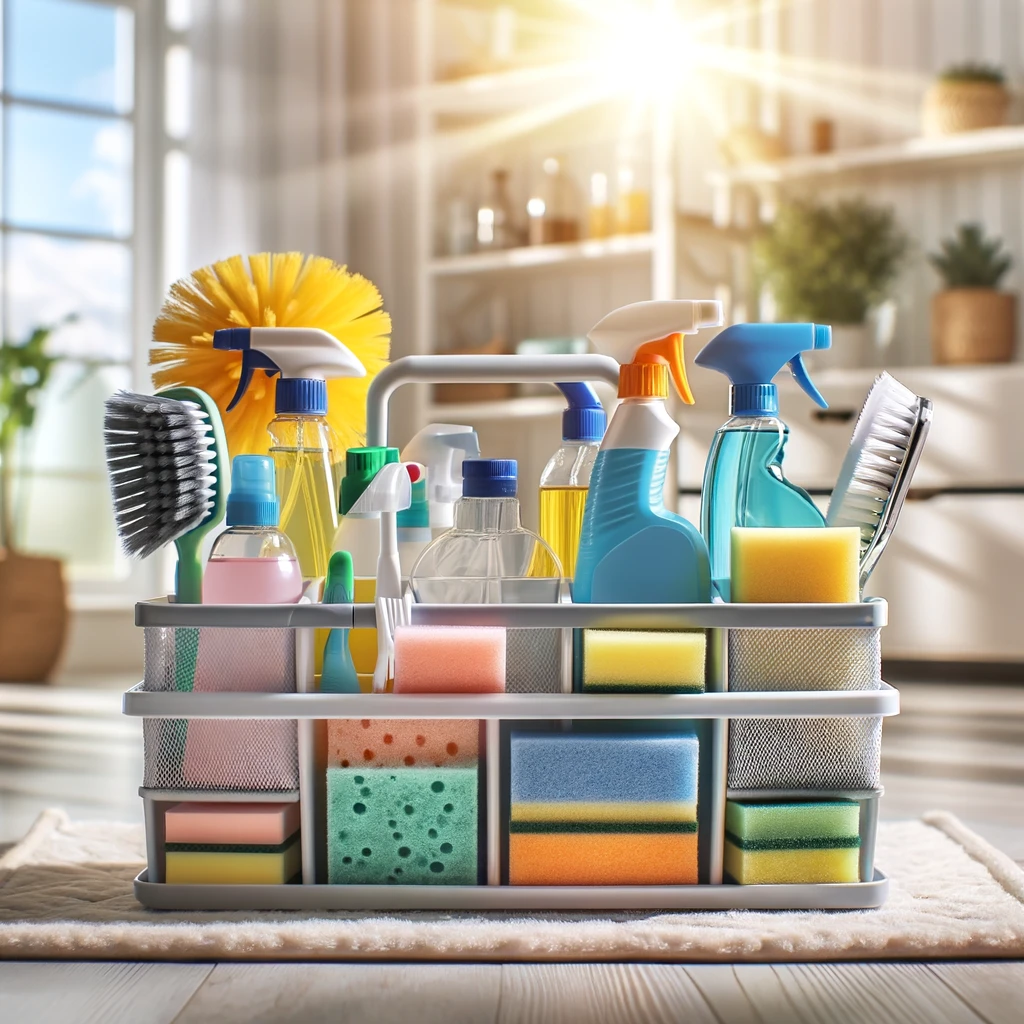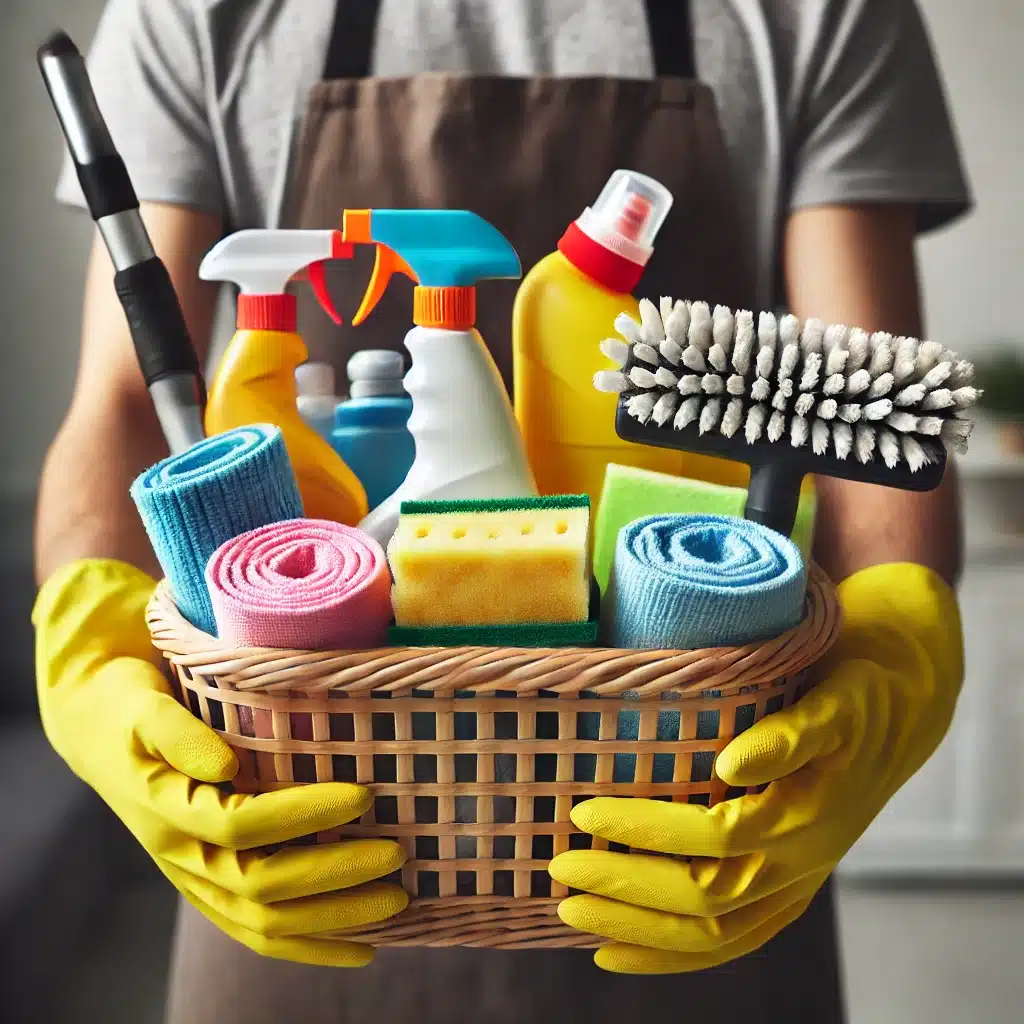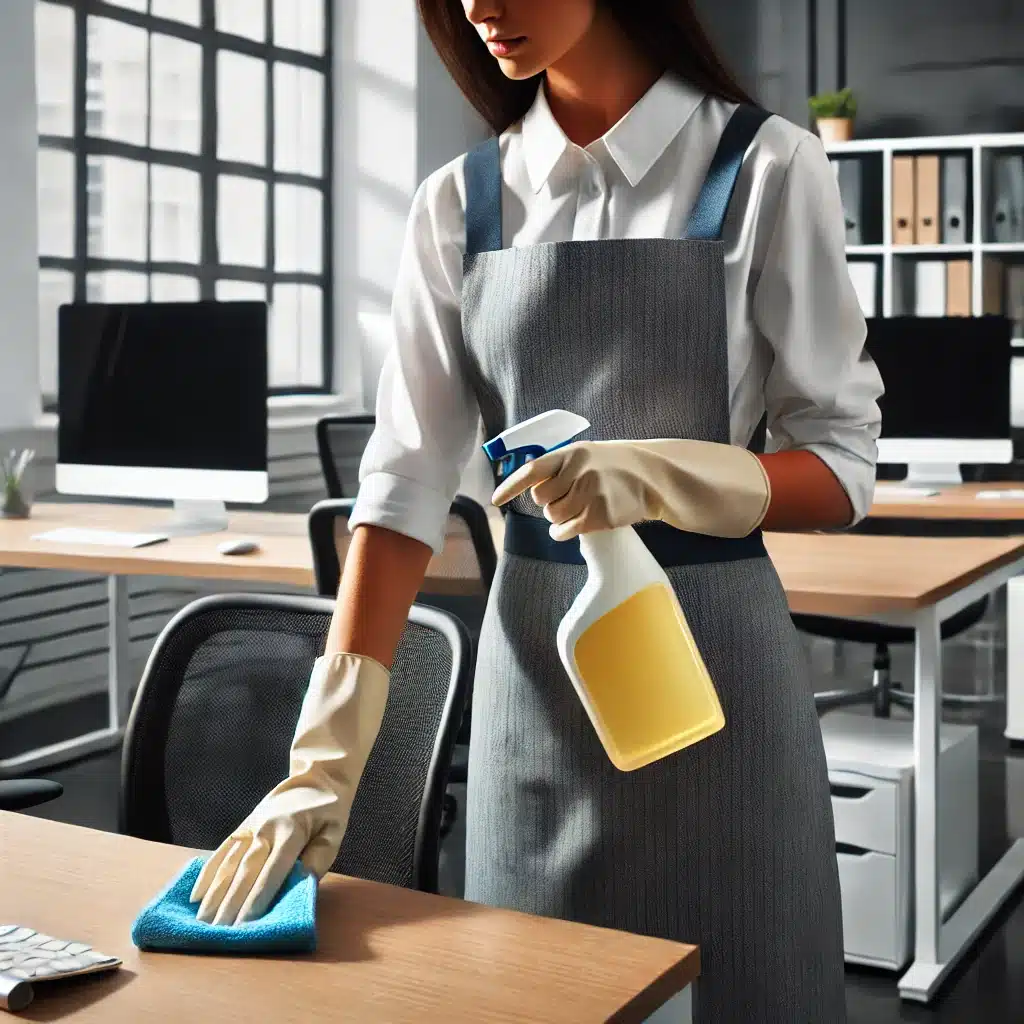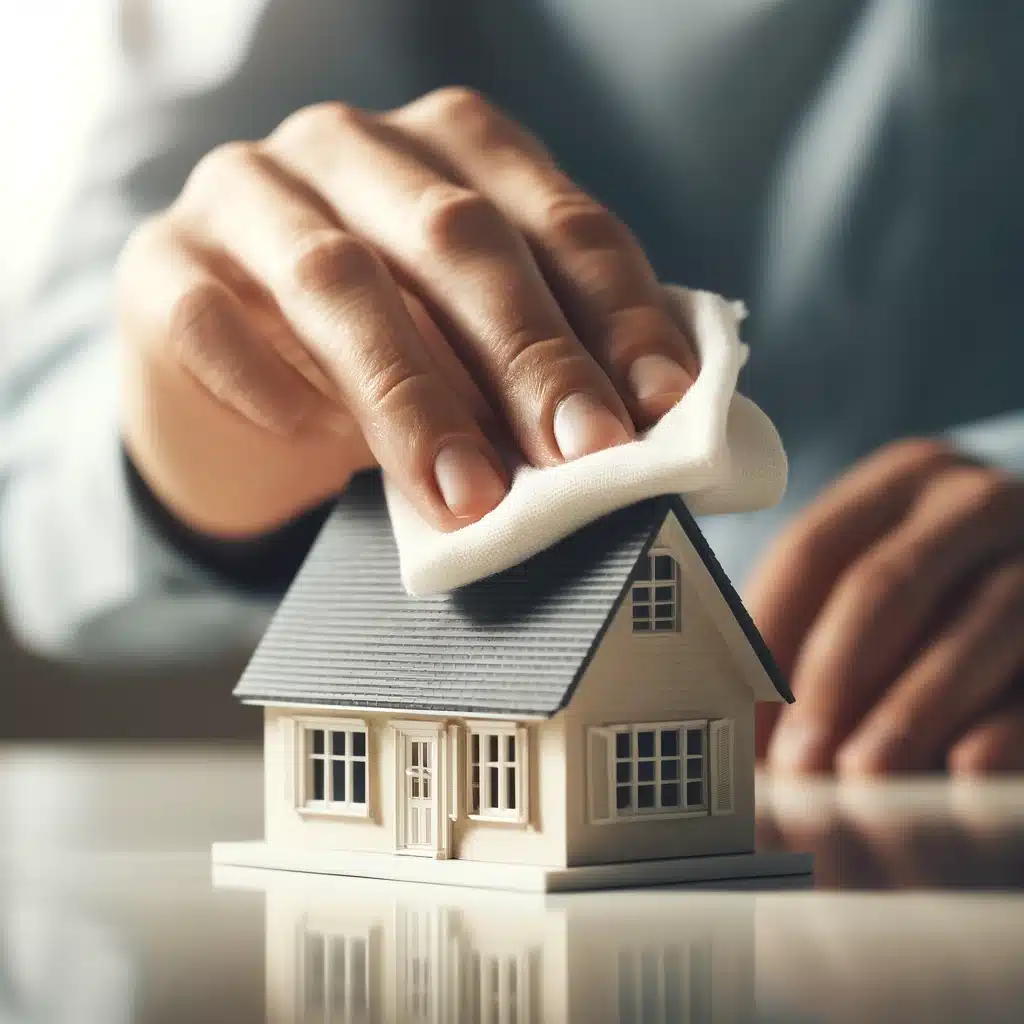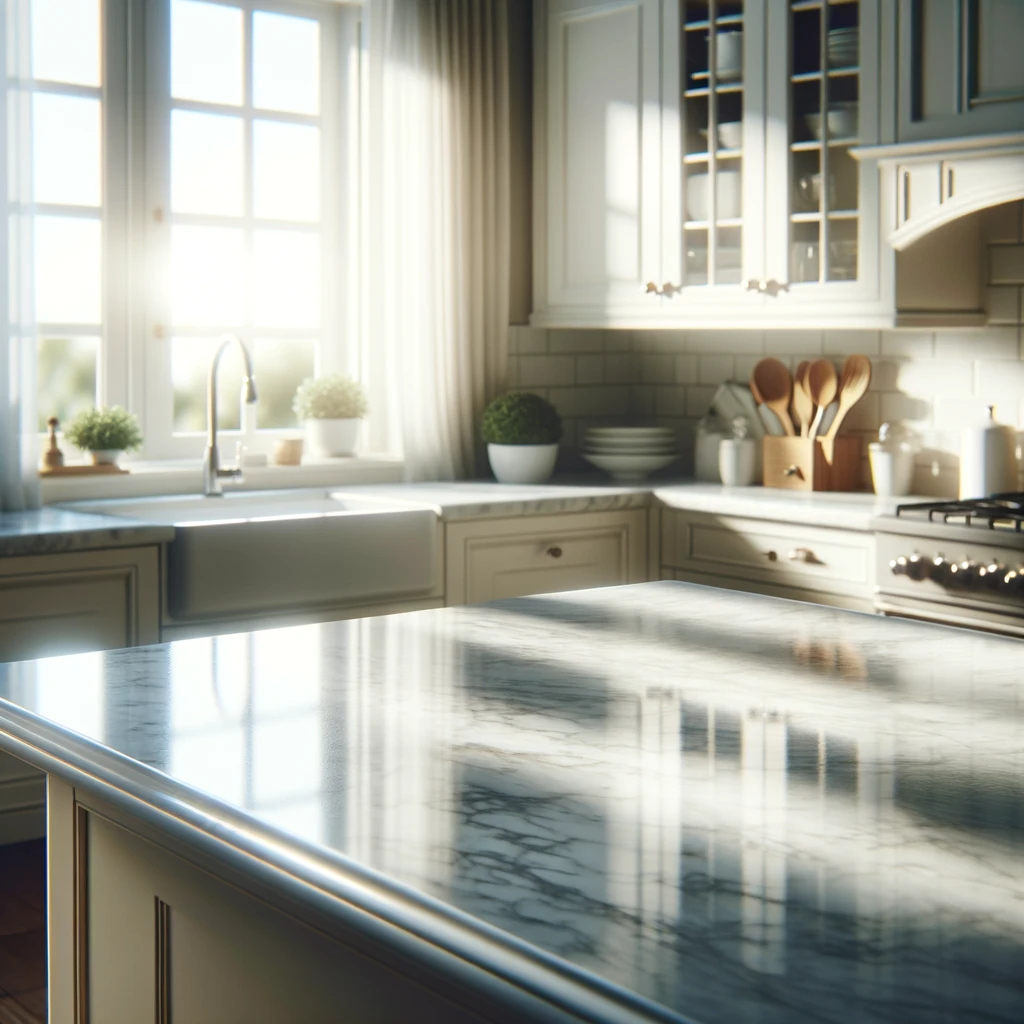5 Must-Have Tools for Cleaners to Achieve a Spotless Home
Keeping your home spotless doesn’t have to be a daunting task, especially if you have the right Tools for Cleaners for the job. Whether you’re a professional cleaner or just someone who takes pride in maintaining a clean home, having the best tools can make all the difference. In this guide, we’ll explore the must-have tools for cleaners that will help you achieve a spotless home effortlessly. 1. High-Quality Microfiber Cloths Microfiber cloths are a staple in any cleaning arsenal, and for good reason. These versatile cloths are perfect for dusting, wiping surfaces, and even cleaning windows without leaving streaks. Unlike traditional cleaning rags, microfiber cloths are designed with thousands of tiny fibers that can effectively pick up and trap dust, dirt, and even bacteria. This unique structure makes them incredibly efficient at cleaning a variety of surfaces, from glass and stainless steel to wood and tile. As a result, they are considered one of the most essential tools for cleaners aiming to achieve a spotless home. One of the standout features of microfiber cloths is their absorbency. They can hold up to seven times their weight in water, making them ideal for mopping up spills and wiping down wet surfaces. This high absorbency also means that they can remove more dirt and grime in a single swipe, reducing the need for multiple passes and making the cleaning process faster and more efficient. Furthermore, because they are so effective at trapping particles, they help prevent the spread of dust and allergens, contributing to a healthier indoor environment. Another advantage of microfiber cloths is their durability and eco-friendliness. Unlike disposable wipes or paper towels, microfiber cloths can be washed and reused hundreds of times without losing their effectiveness. This not only saves money in the long run but also reduces waste, making them a more sustainable choice for environmentally conscious cleaners. By incorporating high-quality microfiber cloths into your cleaning routine, you can achieve a higher standard of cleanliness with less effort and contribute to a more sustainable planet. 2. Extendable Duster Dust can accumulate in hard-to-reach places like ceiling fans, high shelves, and corners, often going unnoticed until it becomes a significant problem. An extendable duster is a game-changer when it comes to tackling these spots, eliminating the need for a ladder and making the process much safer and more efficient. This tool is designed to extend your reach, allowing you to clean areas that are typically out of arm’s length without straining or risking injury. When it comes to essential tools for cleaners, an extendable duster is indispensable for maintaining a dust-free home. One of the most significant advantages of an extendable duster is its flexibility. Many models come with a flexible head that can bend and adjust to various angles, making it effortless to clean around corners, behind furniture, and above appliances. This flexibility is particularly useful for cleaning ceiling fans, which can collect a surprising amount of dust and are often awkward to clean with conventional tools. By using an extendable duster, you can ensure that every nook and cranny in your home is free of dust, improving overall cleanliness and air quality. In addition to its practical benefits, an extendable duster is also a time-saver. Traditional dusting methods often require multiple tools and considerable effort, especially when dealing with high or hard-to-reach areas. An extendable duster streamlines this process, allowing you to clean efficiently and effectively with just one tool. This convenience makes it a favorite among professional cleaners and homeowners alike, solidifying its status as one of the top tools for cleaners. By incorporating an extendable duster into your cleaning routine, you can achieve a more thorough and efficient clean, ensuring your home remains spotless and inviting. Moreover, an extendable duster is easy to store and maintain. Most models can be collapsed to a compact size, making them easy to tuck away in a closet or cleaning caddy when not in use. Many dusters also feature washable heads, allowing you to reuse them multiple times before needing a replacement. This combination of convenience, efficiency, and durability makes an extendable duster a smart investment for anyone serious about keeping their home dust-free. 3. Multi-Surface Cleaner A good multi-surface cleaner is a true game-changer in the world of cleaning. Instead of juggling multiple products for different surfaces, you can use one cleaner for countertops, appliances, and even floors. This versatility is a significant time-saver, allowing you to tackle various cleaning tasks with a single product. The convenience of a multi-surface cleaner cannot be overstated, as it simplifies your cleaning routine and ensures a consistent clean throughout your home. As one of the essential tools for cleaners, a multi-surface cleaner streamlines the process and enhances efficiency. One of the key benefits of using a multi-surface cleaner is the assurance of uniform cleanliness across different areas of your home. Whether you’re wiping down kitchen counters, cleaning bathroom sinks, or mopping floors, a multi-surface cleaner provides the same level of effectiveness on each surface. This uniformity is crucial for maintaining a high standard of hygiene and cleanliness, reducing the risk of cross-contamination and ensuring that every part of your home is equally clean. By incorporating a multi-surface cleaner into your arsenal of tools for cleaners, you can achieve a comprehensive clean without the hassle of switching products. In addition to its cleaning efficacy, a multi-surface cleaner is often more economical and environmentally friendly. Purchasing a single product that can handle multiple tasks reduces the need for multiple bottles, cutting down on plastic waste and storage space. Many multi-surface cleaners are formulated to be gentle yet effective, minimizing the use of harsh chemicals that can be harmful to both your health and the environment. By choosing a high-quality, eco-friendly multi-surface cleaner, you not only simplify your cleaning routine but also contribute to a more sustainable approach to home maintenance. 4. Vacuum Cleaner with Attachments A vacuum cleaner is undeniably a must-have for maintaining clean floors, but having
5 Must-Have Tools for Cleaners to Achieve a Spotless Home Read More »
